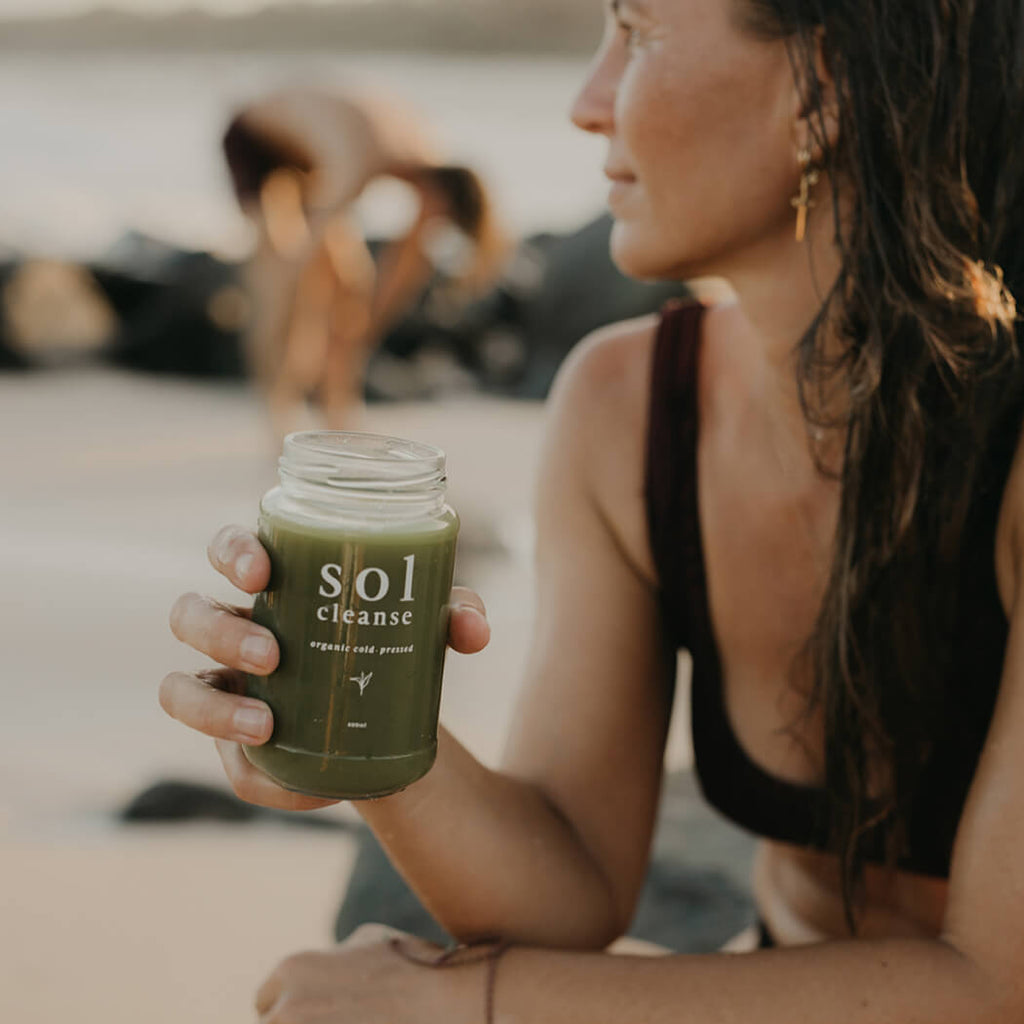When it comes to detoxification, the liver is the powerhouse. There are so many intricate functions the liver carries out to keep detoxification pathways functioning in harmony. To describe the liver’s main role a little more succinctly, it basically filters out and transforms toxic substances in the body into more water-soluble substances that can be excreted via the urine or stool. The two-step process that is carried out to ensure the transformation of undesirable toxins is known as phase 1 and phase 2 liver detoxification. It does this on autopilot following exposure to any food, medication, air pollutant, volatile compound, or any other toxin you encounter.
The liver is like a storehouse, manufacturing hub and processing plant all in one. It also is a filtration system for the blood, with the hepatic artery delivering blood from the heart, and the hepatic portal vein bringing it from the intestine. It is also responsible for the secretion and synthesis of bile, which is like a vehicle carrying many toxins and by-products out for eventual elimination. Bile is this wonderful green-yellow liquid that is released by the liver, stored in the gallbladder, and eventually trickled into the intestines, helping breakdown fats, destroy microbes, transport waste, and neutralise excess acids.
The liver is incredibly efficient at its job when moving healthy – until it becomes overloaded, and this is an all-too-common phenomenon in our modern lives. When we think about our liver pathways as roads, its easy to see how quickly these roads become backlogged from ongoing poor dietary and lifestyle choices. Rather than there being a nice flow of substances along these roads in the right direction, unwanted and partially metabolised compounds can be released back into the bloodstream where they are eventually stored in our tissues, body fat and even microbiome. Overtime, as the liver is continuously burdened, we create an unhealthy environment for increased reactive species (or free radicals) that lead to oxidative stress, potential chronic disease, inflammation, and ageing.
Through cleansing protocols, both dietary and environmentally, we reduce the overall burden of compounds the liver needs to filter through each day. Therefore, creating more space to process stored and stagnant toxins and chemicals and ensure their safe elimination from the body. There is an array of key nutrients, fibre, proteins, and antioxidants that the liver and its various pathways and enzymes require at every stage of metabolism. It is essential then, that these are taken in through the diet, and healthy, unburdened digestive processes support the breakdown and assimilation of these nutrients. The liver is also further supported in its other essential jobs of manufacturing cholesterol (to help make hormones), producing blood plasma proteins, supporting Vitamin D synthesis and synthesising substances to support digestion.


